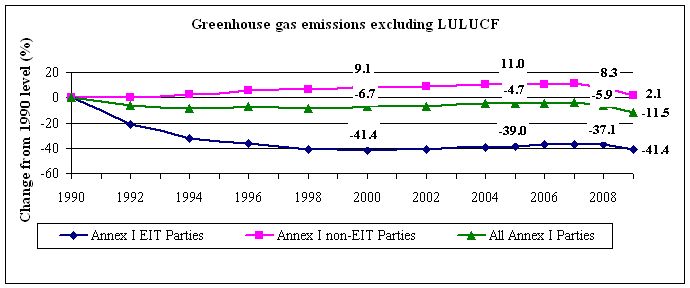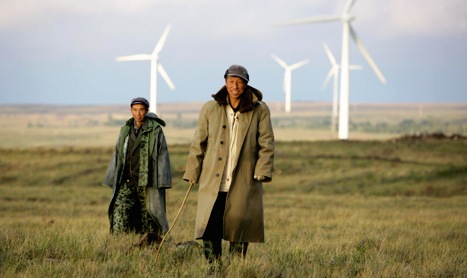
Old meets new.
One of the first international campaigns, and one that has become a shorthand for international environmentalism as a whole, was to Save the Whales. However, the initial attempts by the International Whaling Commission to regulate the killing of whales were dismal: improperly chosen international quotas, a lack of monitoring, and rampant defection meant that for the first few decades of its existence, the IWC permitted a fundamentally unsustainable rate of killing whales – to choose one specie for example, only 3% – 11% of the pre-industrial population of Blue Whales remains. As is usually the case, human technical ingenuity, including but not limited to the invention of the exploding harpoon in the 19th century, and the development of whaling vessels that functioned as floating factories, permitted mankind to change the environment (read: kill whales) faster and more efficiently than before.
Nevertheless, environmental movements in the 1970s and 1980s, encouraged by the emergence of international environmentalism embodied in the 1972 UN Conference on the Human Environment, with the US as a powerful ally, and with the votes of new non-whaling members, persuaded the members of the IWC to adopt a de facto commercial moratorium. At the same time, given the dependence of some traditional indigenous communities on whales, member states included an exemption to the ban on whaling in the IWC, permitting Eskimos (among others) to hunt a limited number of whales under the current Schedule.
But things are more complicated than that: while it sounds romantic to imagine the traditional whale hunter, spear in hand, plying the waters for trade, the reality is that indigenous populations are no more immune to the allure of technology. The Inupiat, for example, use powerboats and grenade-tipped harpoons to hunt. While causing nowhere near the level of environmental impact implicated in the real transgressors of the whaling moratorium – the Japanese Nisshin Maru is currently the world’s last remaining factory ship – for some, this does raise questions about how “traditional” the practice is.
However, there are other, potentially more serious environmental issues at play here. First, as indicated in this wonderful video on the practice, the practice of whale hunting is now – like many other forms of human activity – being affected by climate change. Thus, another ostensibly traditional activity is under threat from the process of industrialization. Second, as described by the EPA and other international regulatory bodies, whales are, by virtue of their position in the marine trophic web, likely to accumulate Persistent Organic Pollutants (POPs), long-lived, bio-accumulating compounds that can cause cancer, developmental defects, and function as endocrine disruptors. This is somewhat alarming, considering that, as indicated in the video mentioned above, the consumption of whales is shared by entire communities, women and children alike (confession: the thought of eating whales is – to me – a scrumptious one). Could it be the case that we do need to ban whale hunting, not necessarily out of some desire to impose our cultural preferences on other societies, but rather out of humanitarian concerns?





